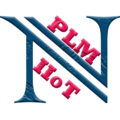Enhancing Collaboration and ROI with PLM in NPD is a transformative strategy that not only bridges team divides but also unlocks remarkable business value.
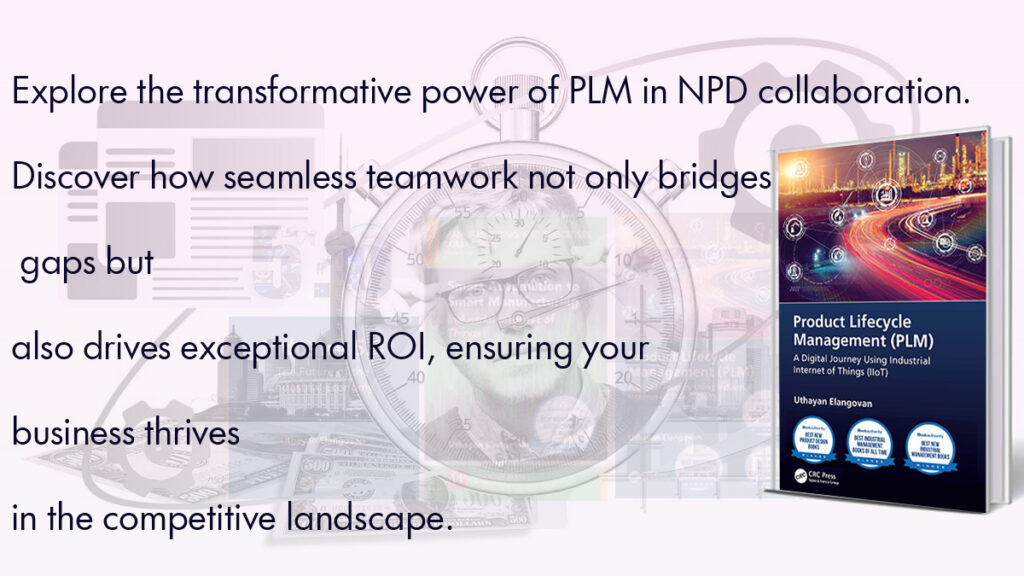
Introduction
In the ever-evolving realm of product development, the key to successful innovation hinges on the effective collaboration of cross-functional teams. Bridging the gap between New Product Development (NPD) teams through Product Lifecycle Management (PLM) is not just a trendy concept; it is a strategic imperative that can drive significant transformation and propel your organization to new heights. In this article, we will explore how the seamless integration of NPD teams via PLM can inspire innovation, streamline processes, and unlock remarkable business value, Return on Investment (ROI), and Total Cost of Ownership (TCO) benefits.
Understanding the Gap
Before we can bridge this divide, it is essential to grasp the nature of the separation. NPD teams, often composed of individuals with diverse skills, perspectives, and responsibilities, can encounter challenges in alignment and communication. Disconnected teams may result in inefficiencies, miscommunication, and missed opportunities. PLM, a robust digital platform, acts as the bridge that connects these teams.
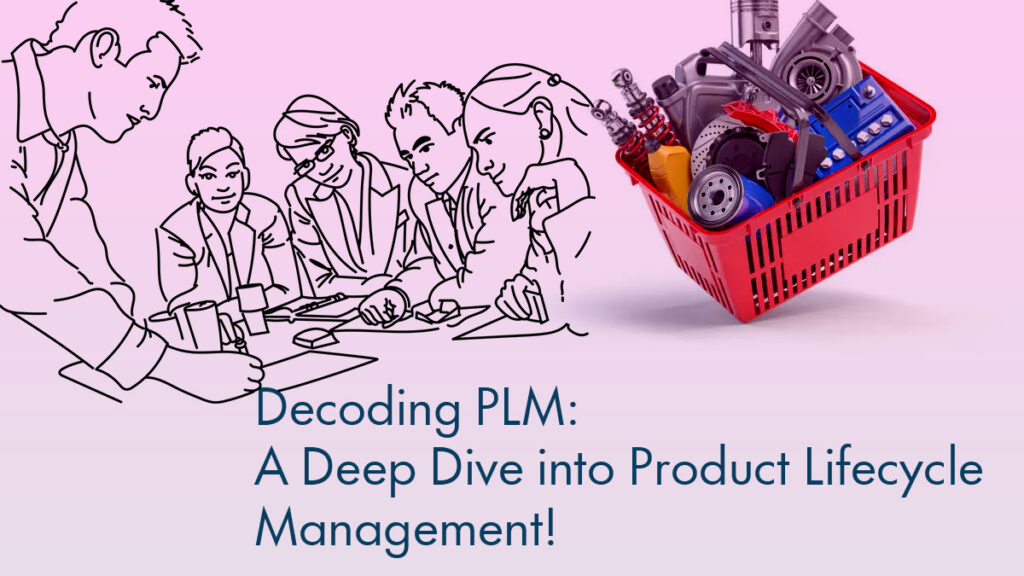
PLM as the Bridge
Product Lifecycle Management (PLM) stands as the cornerstone of collaboration. It serves as a central repository for product data, ensuring that it is readily accessible to all stakeholders, regardless of their department or location. This accessibility fosters a shared understanding of project status, objectives, and the overall vision. Here is how PLM bridges this gap:
Streamlined Communication: PLM facilitates seamless communication among NPD teams, eliminating the need for extended email chains and endless meetings.
Efficiency and Accountability: With PLM, tasks and responsibilities are clearly defined and tracked. Team members can access real-time project updates, leading to heightened accountability and reduced errors.
Version Control: PLM systems maintain version control, preventing data conflicts and ensuring that teams work on the most up-to-date information.
Realizing Business Value
Effective PLM implementation results in tangible business value. It enhances productivity, reduces time-to-market, minimizes errors, and optimizes resource utilization. By bridging the gap between NPD teams, PLM unlocks cost savings and revenue growth, delivering a clear business advantage.
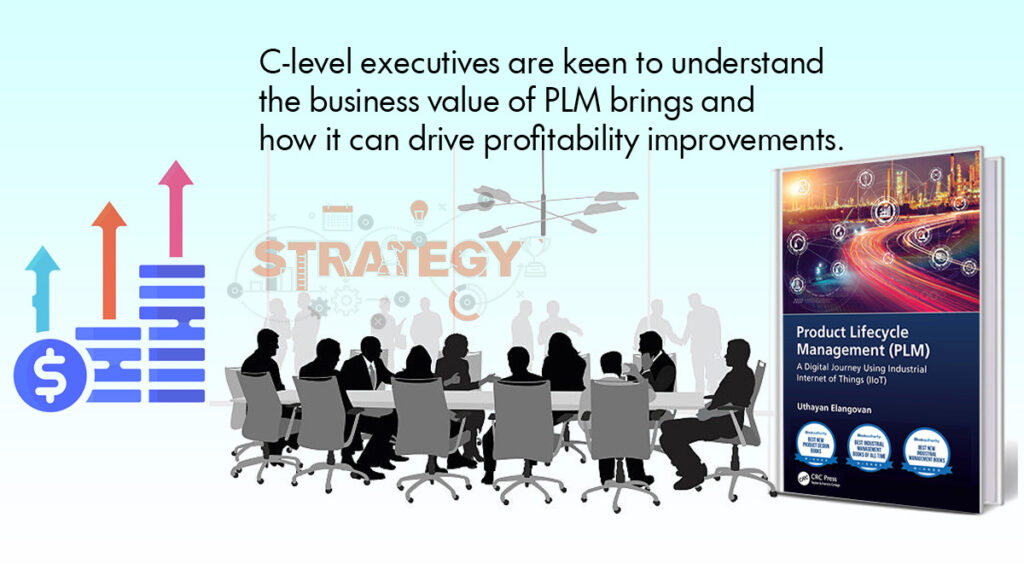
ROI and TCO Benefits
Return on Investment (ROI) is a crucial metric when assessing the impact of PLM on your organization. By streamlining processes, improving collaboration, and increasing efficiency, PLM provides a rapid return on your technology investment. Moreover, Total Cost of Ownership (TCO) is minimized as it simplifies complexity, reduces manual interventions, and ensures a more cost-effective operation.
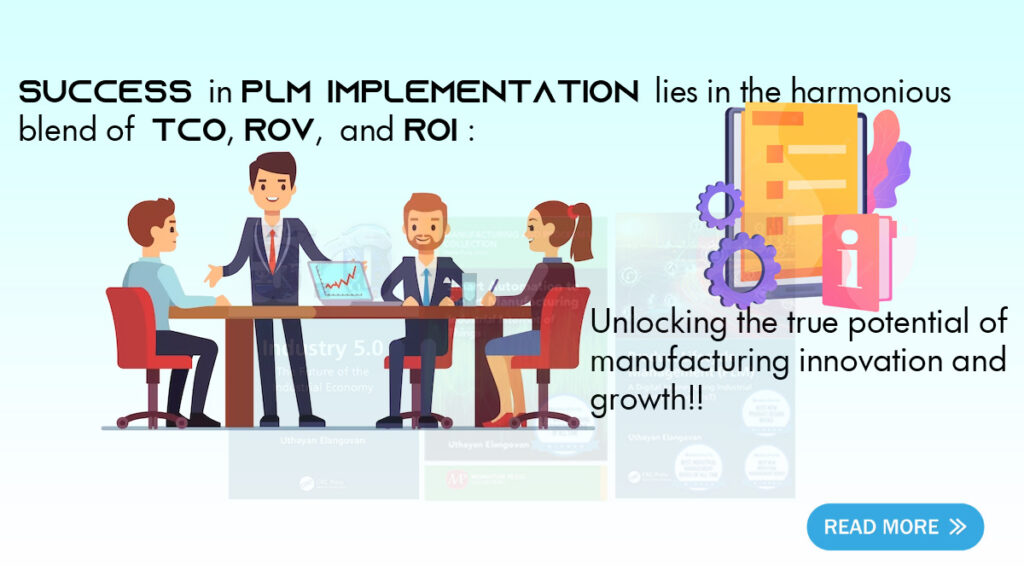
Inspiring Innovation
When NPD teams unite through PLM, innovation flourishes. Collaboration ignites creativity as diverse perspectives converge. Every team member becomes a stakeholder in the project’s success, inspiring them to contribute their best ideas. The ROI on innovation is immeasurable.
A Human Touch
Despite all its technological capabilities, the power of PLM lies in its capacity to enhance human connections. It fosters a sense of unity and shared purpose among NPD teams. This human touch is the ultimate driving force behind a successful bridge between teams. Collaboration is not merely about systems; it is about people working together toward a common goal.
Conclusion
Bridging the gap between NPD teams through PLM is not just a strategy; it is a journey toward a brighter future. This approach inspires innovation, simplifies complexity, promotes professionalism, and nurtures human connections while delivering significant business value and enhancing ROI while minimizing TCO. It is a testament to what can be achieved when people come together to pursue a shared vision. By investing in PLM to bridge this gap, your organization can unlock its full potential and ascend to greater heights in the world of product development.
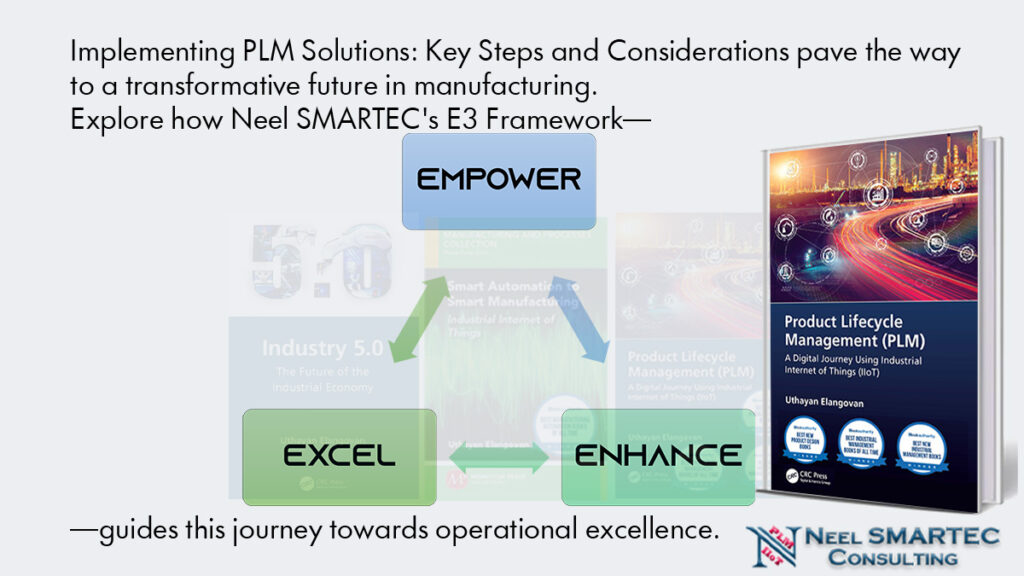
It’s time to take action and bridge the gap between your NPD teams with the power of PLM. Start your journey to innovation, efficiency, and remarkable business value today. Our experienced team of experts can guide you through the PLM (OpenBOM, Windchill) implementation journey, tailoring solutions to fit your unique business needs. Connect with us today at [contact@neelsmartec.com] to explore how PLM can revolutionize your manufacturing processes and drive sustainable success. Check out NeelSMARTEC to explore how PLM can transform your product development process and lead your organization to excellence while optimizing ROI and TCO. Together, we can build a brighter future for your business.


